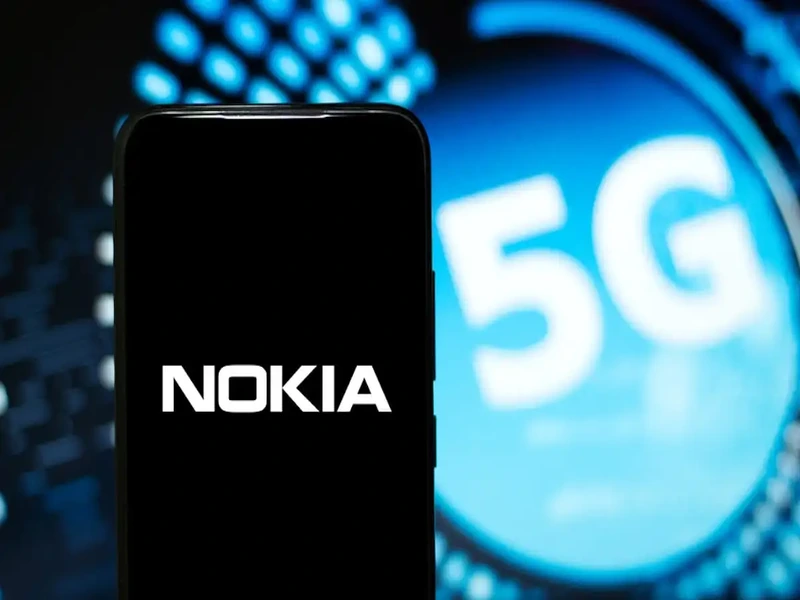- Elisa replaces old network systems with Nokia’s cloud-native platform to support faster and more flexible 5G.
- The upgrade supports automation and future digital services as telecom operators move away from legacy infrastructure.
What happened: Nokia works with Finnish operator Elisa to modernise its entire core network using cloud-based systems for 5G services
Nokia finished a full upgrade of Elisa’s core network in Finland. Elisa removed the old network systems and used Nokia’s cloud-based platform instead. The new system handles voice services, internet data, and user account functions. It runs on shared hardware and uses container technology. This makes the system easier to manage and lowers the cost. Nokia said the new setup makes the network faster and more flexible. Elisa can now change or add services more quickly. The upgrade covers the whole country. Nokia and Elisa have worked together before on 5G projects. Sami Komulainen, who is Elisa’s Chief Technology Officer, said the new network will help Elisa support more digital services for customers. The upgrade is now active across Finland and works for both homes and businesses.
Also Read: Nokia tests 5G technology during Joint Viking military exercise
Also Read: Nokia faces critical challenges in the 5G market landscape
Why this is important
The change shows that telecom companies are moving away from fixed hardware and using software to run networks. More companies in Europe are doing the same. This kind of setup helps them manage more data and give better service to users. It also helps with automation. This is useful for new 5G services like factory machines, smart tools, and self-driving cars. Nokia’s system lets operators run the network with less effort and less power. Elisa now has better tools to offer faster services and support new use cases. This keeps Elisa strong against other Finnish telecom companies. Nokia also gets more support in Europe as some countries reduce the use of Huawei products. Many other mobile operators around the world are making the same change. A report from GSMA Intelligence said that more than half of them may switch to this kind of system by 2025.

